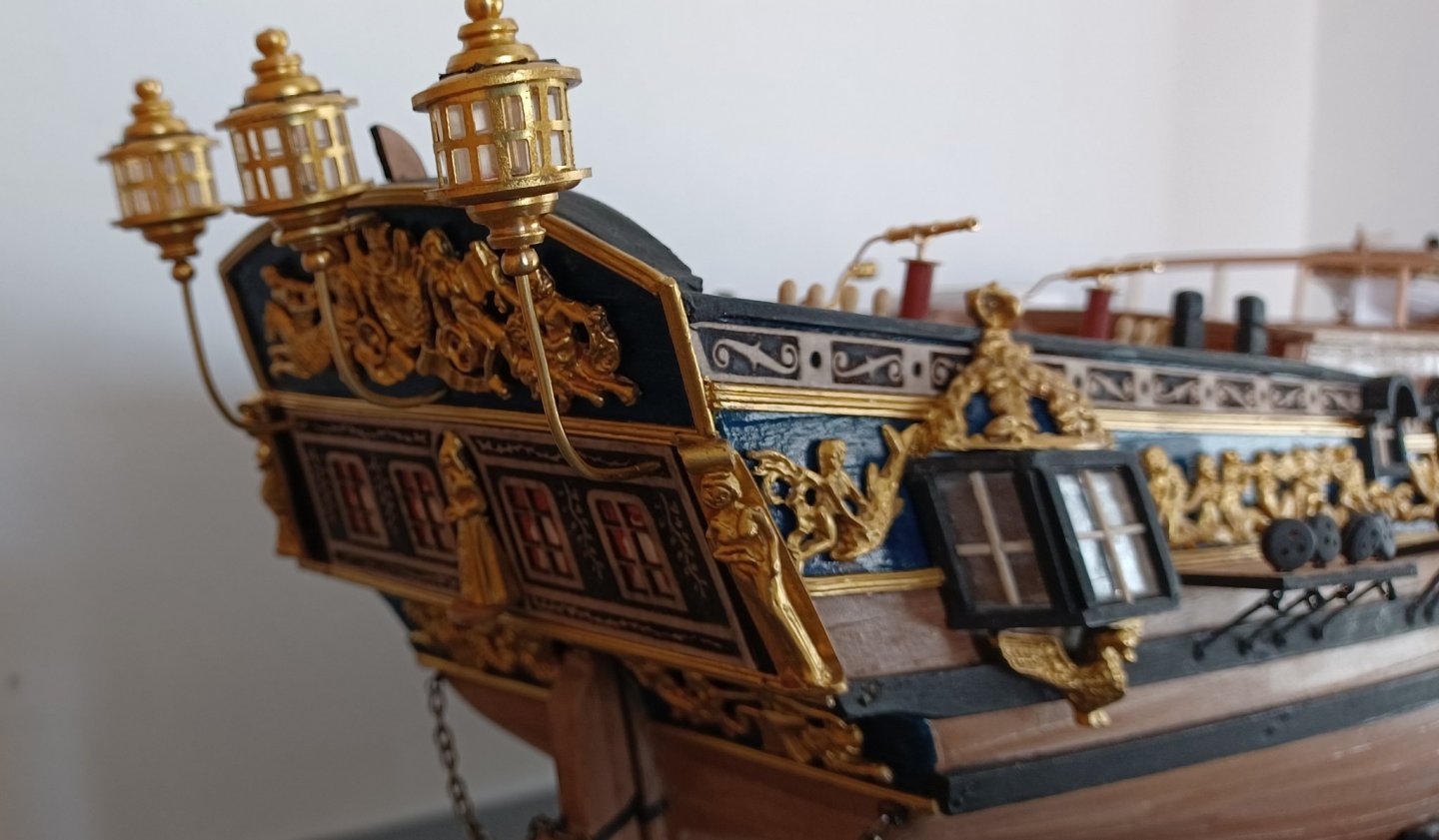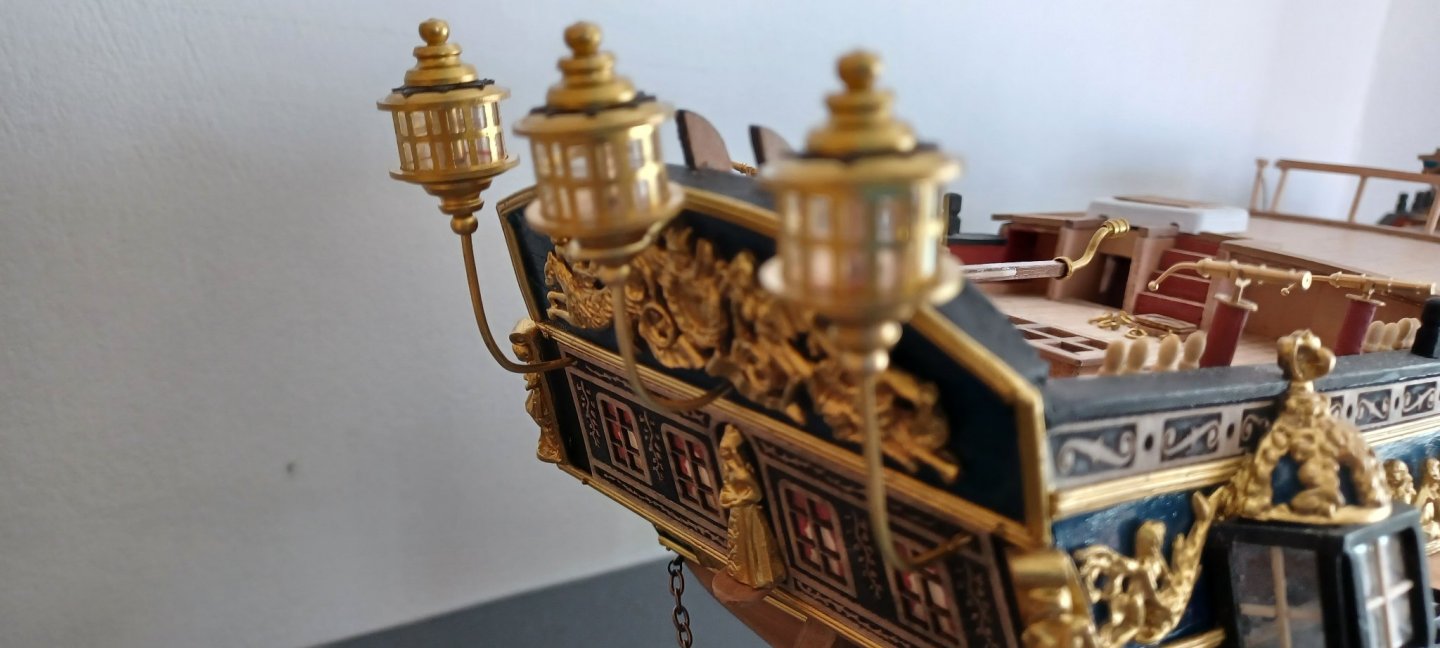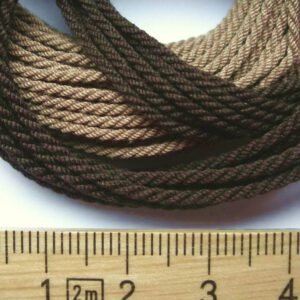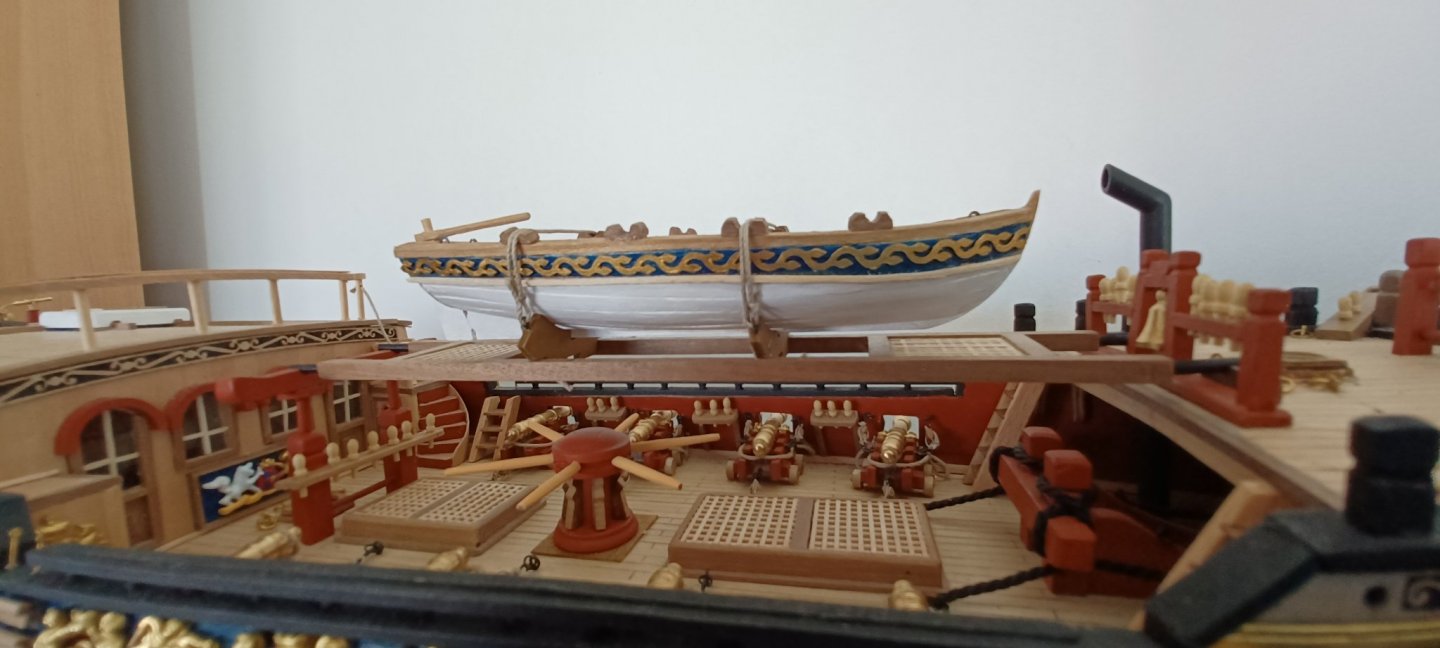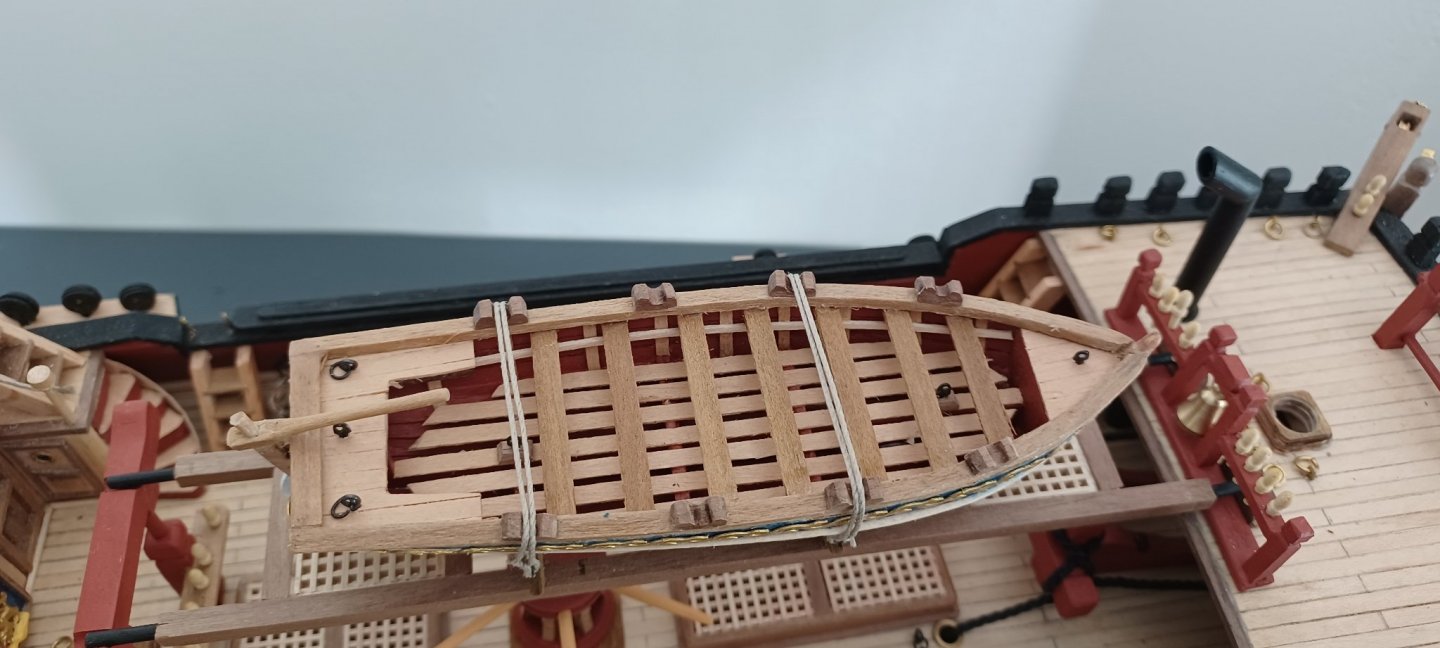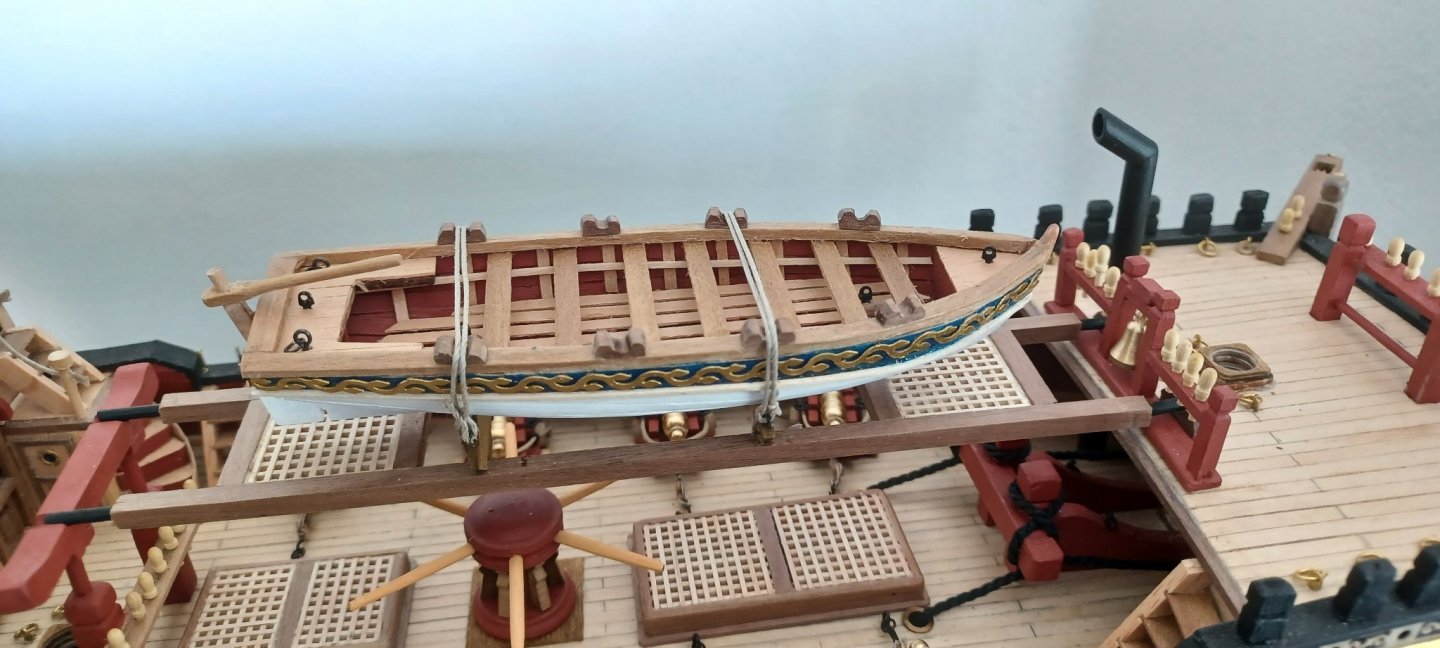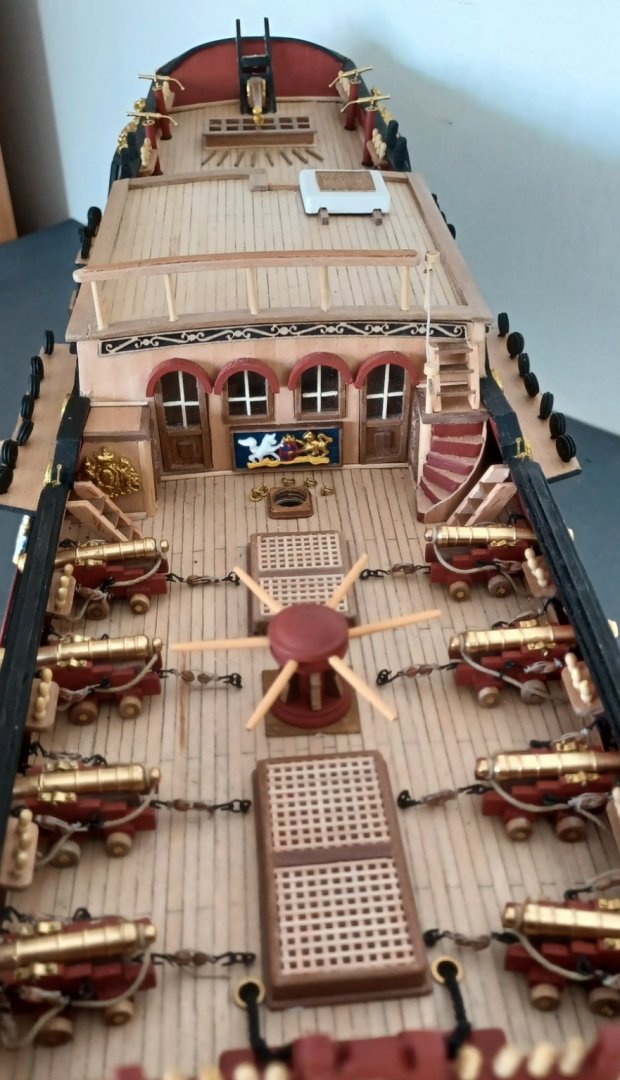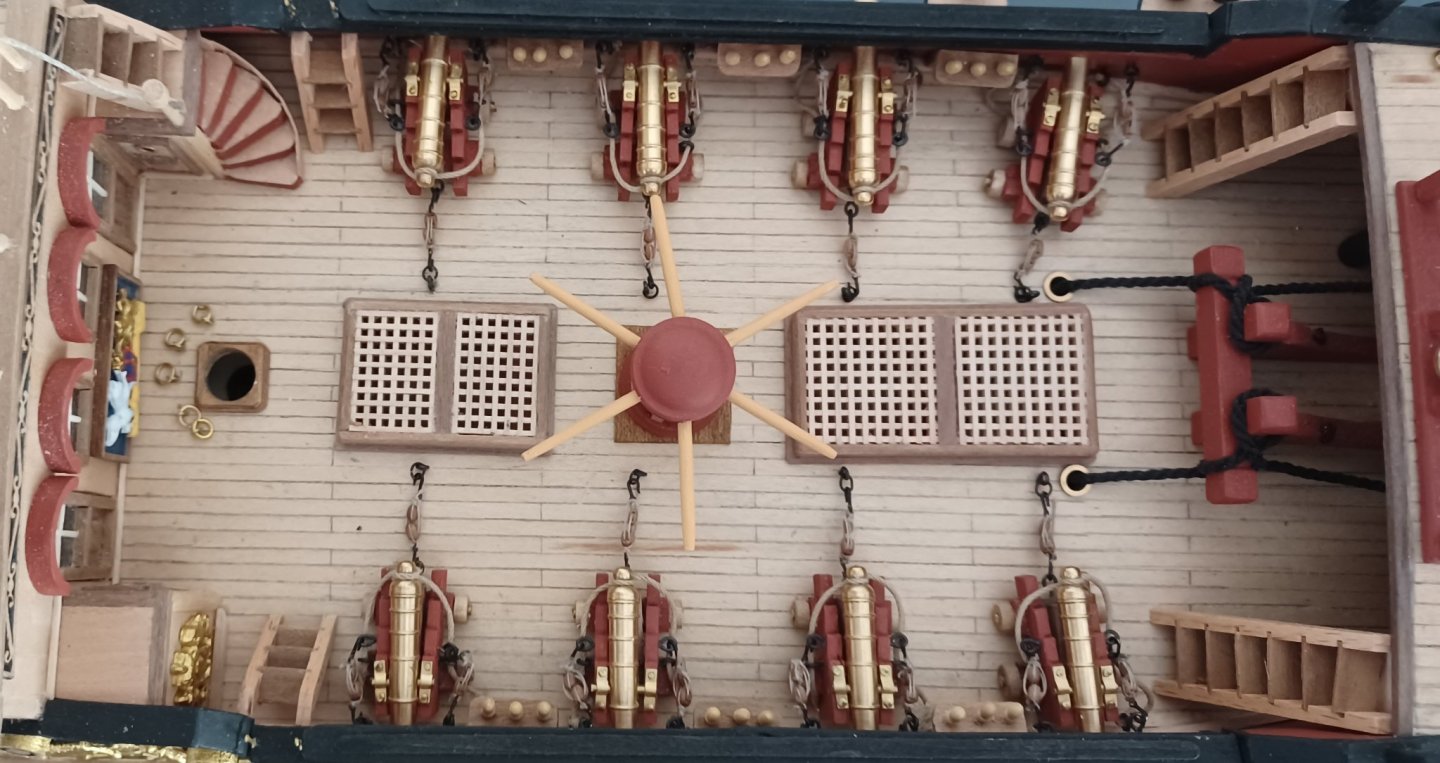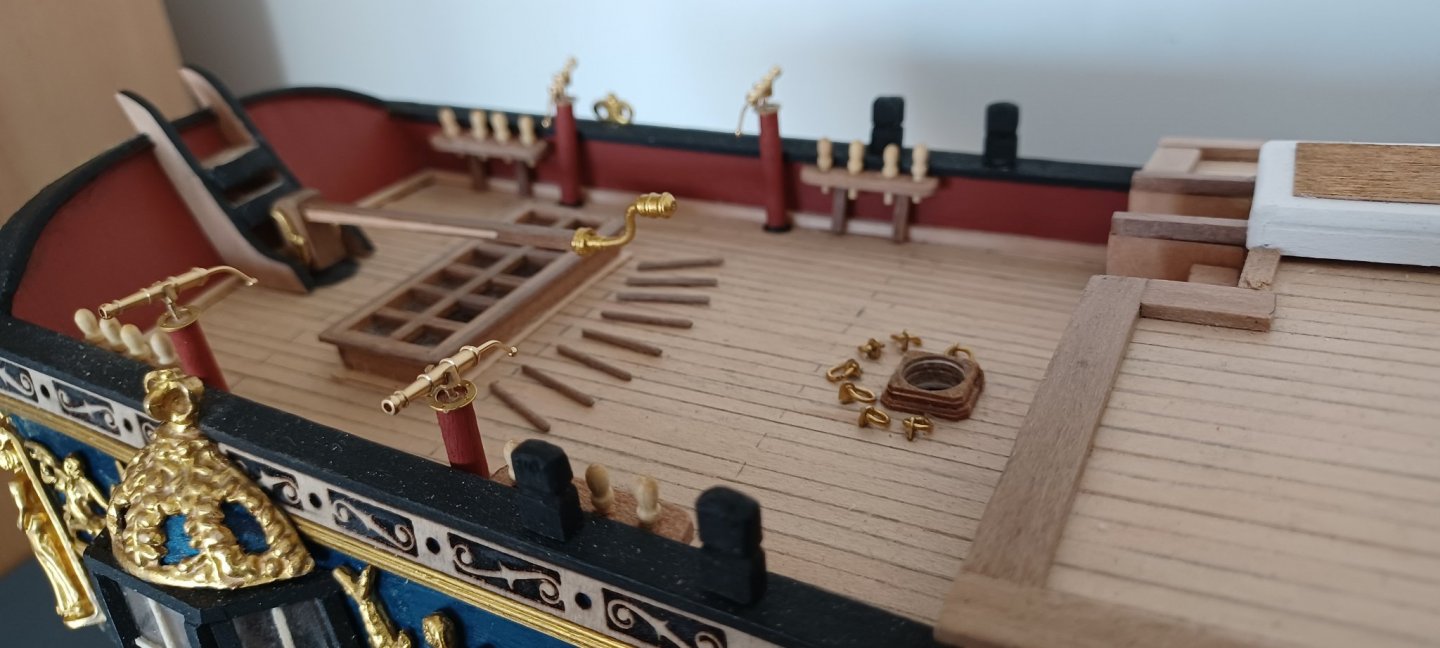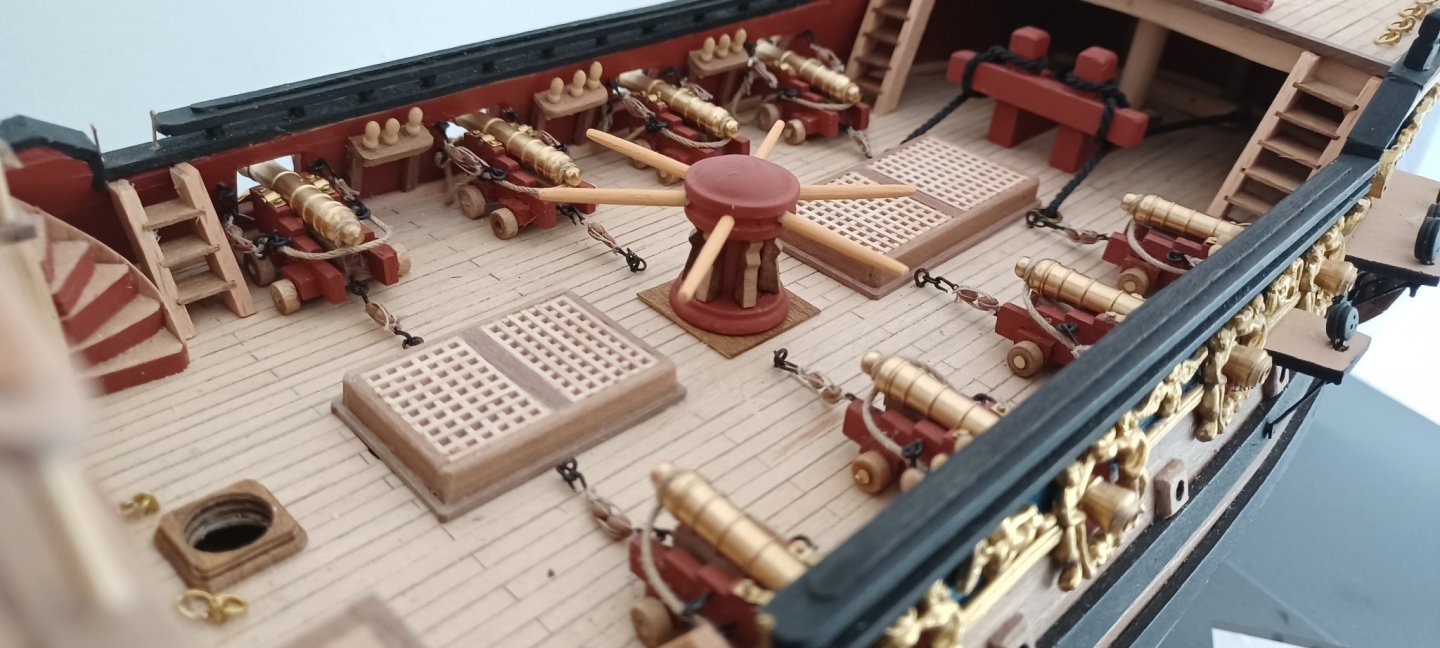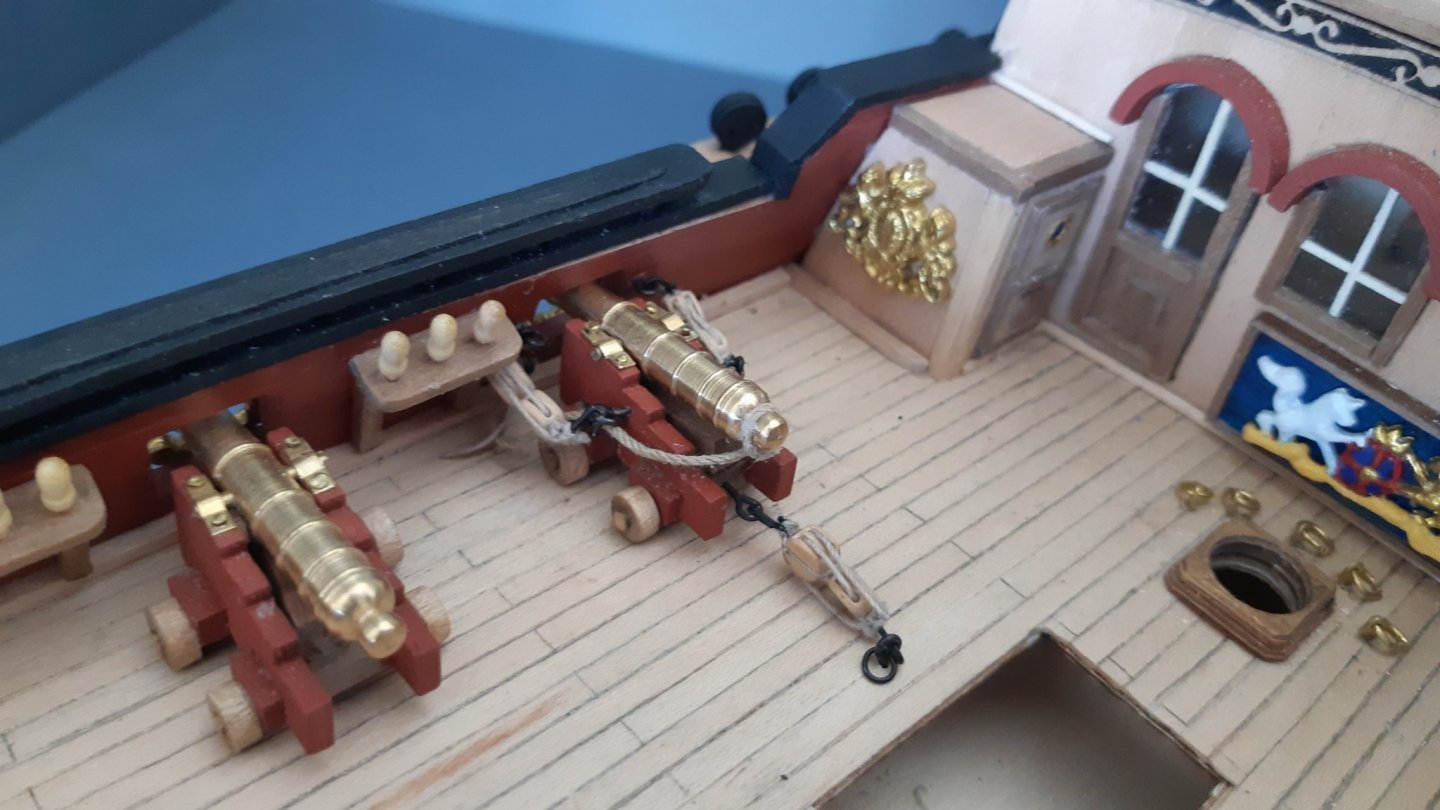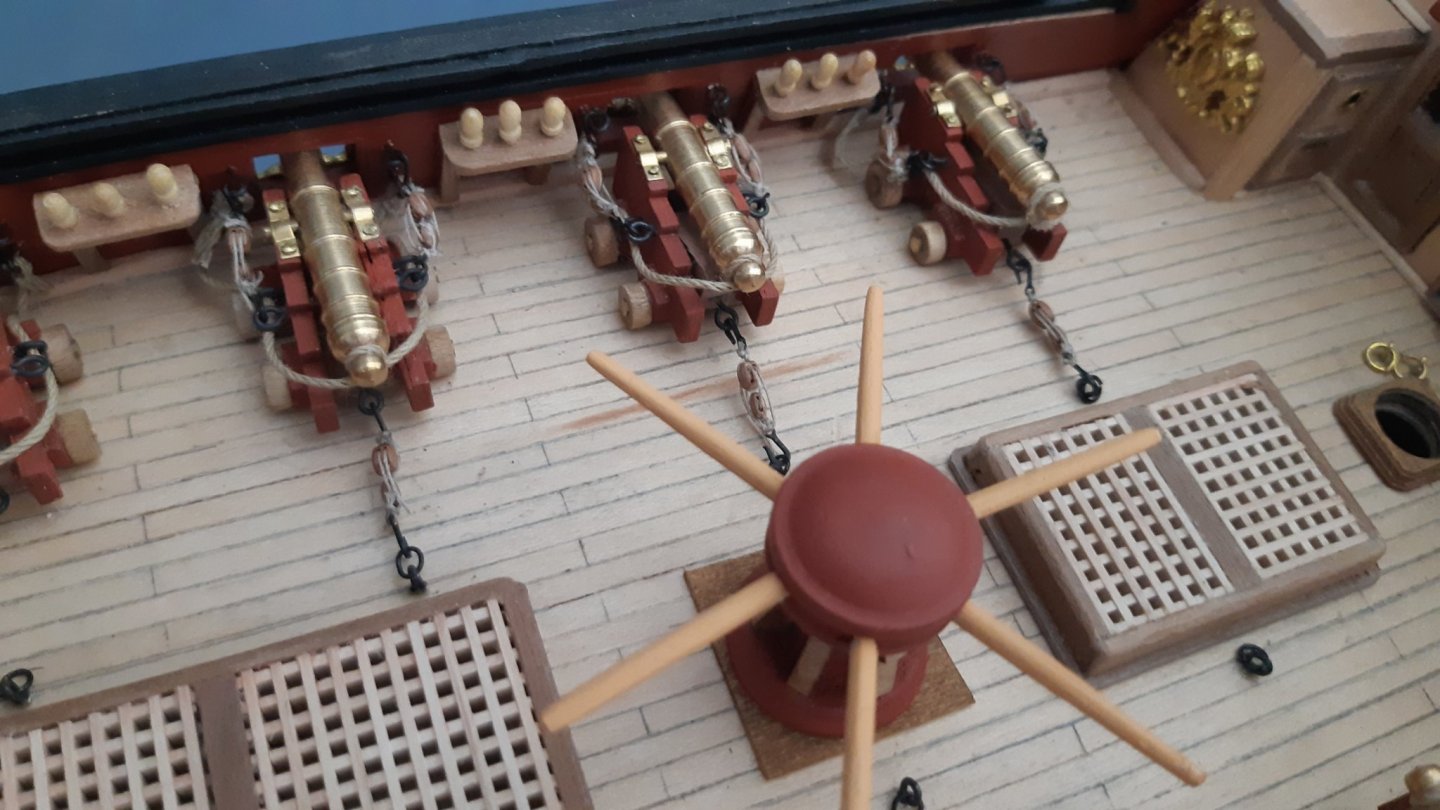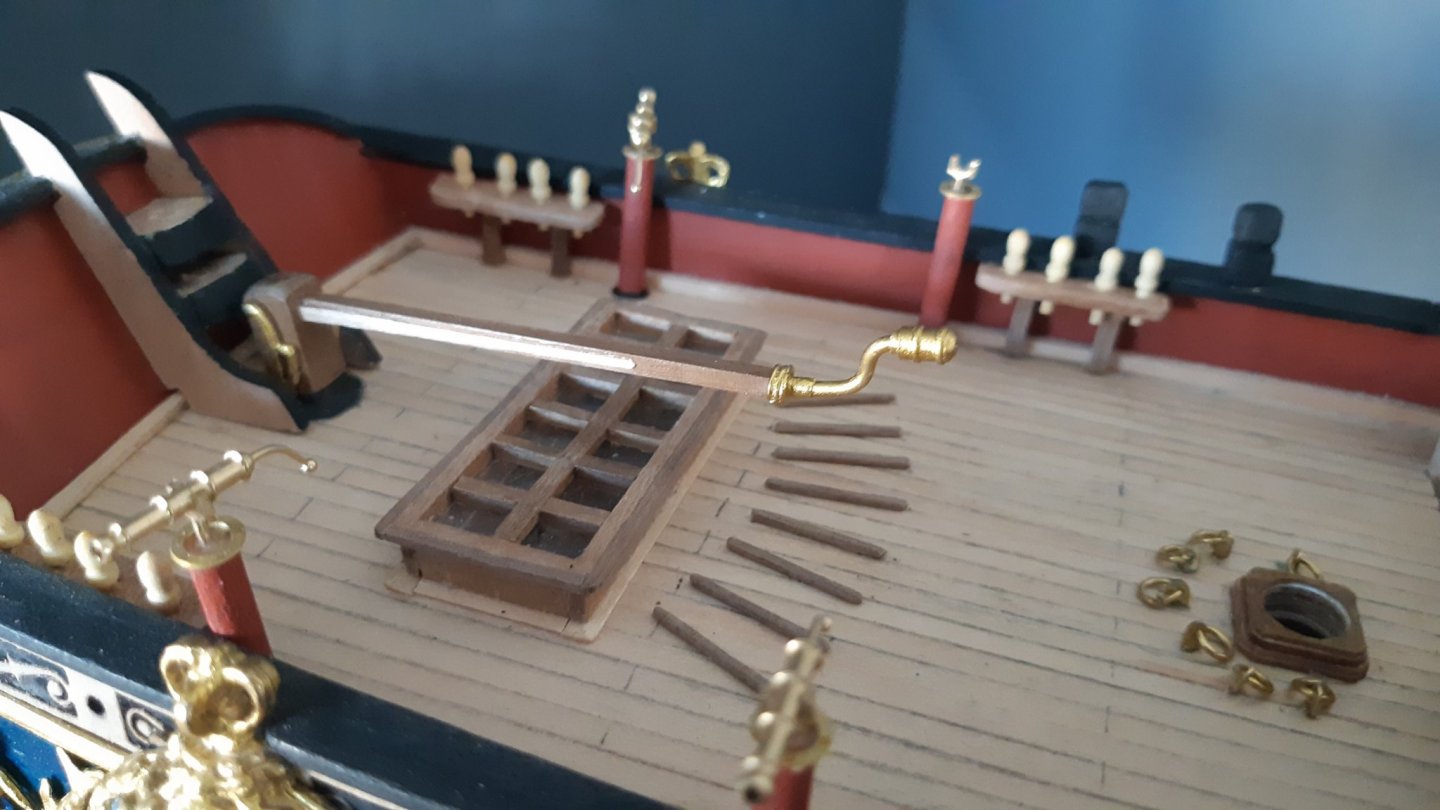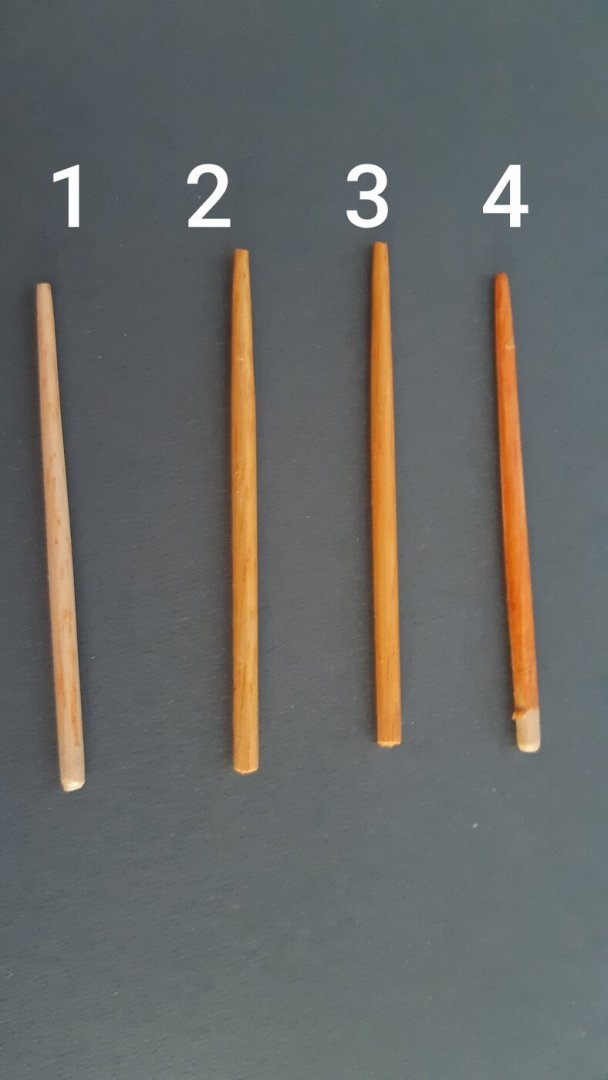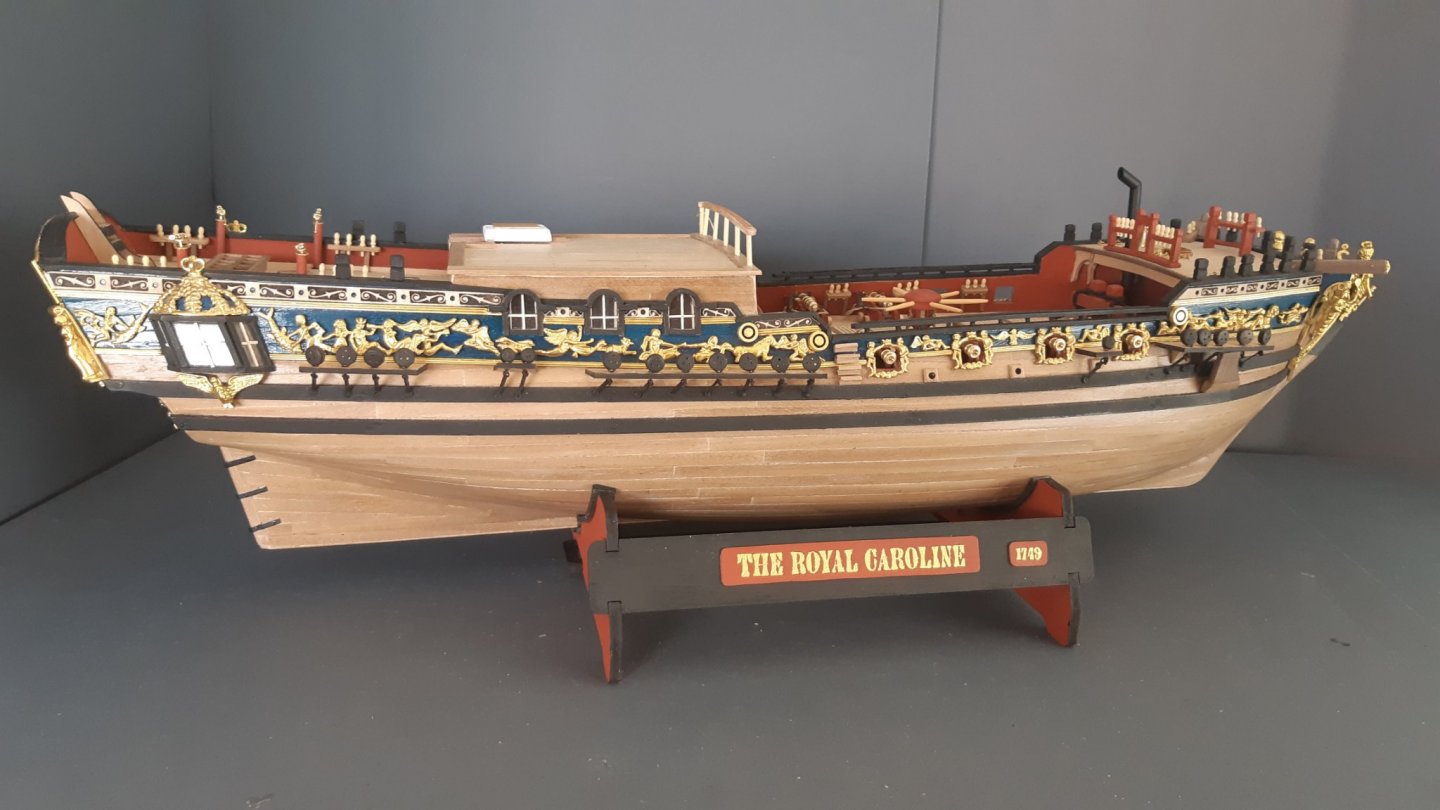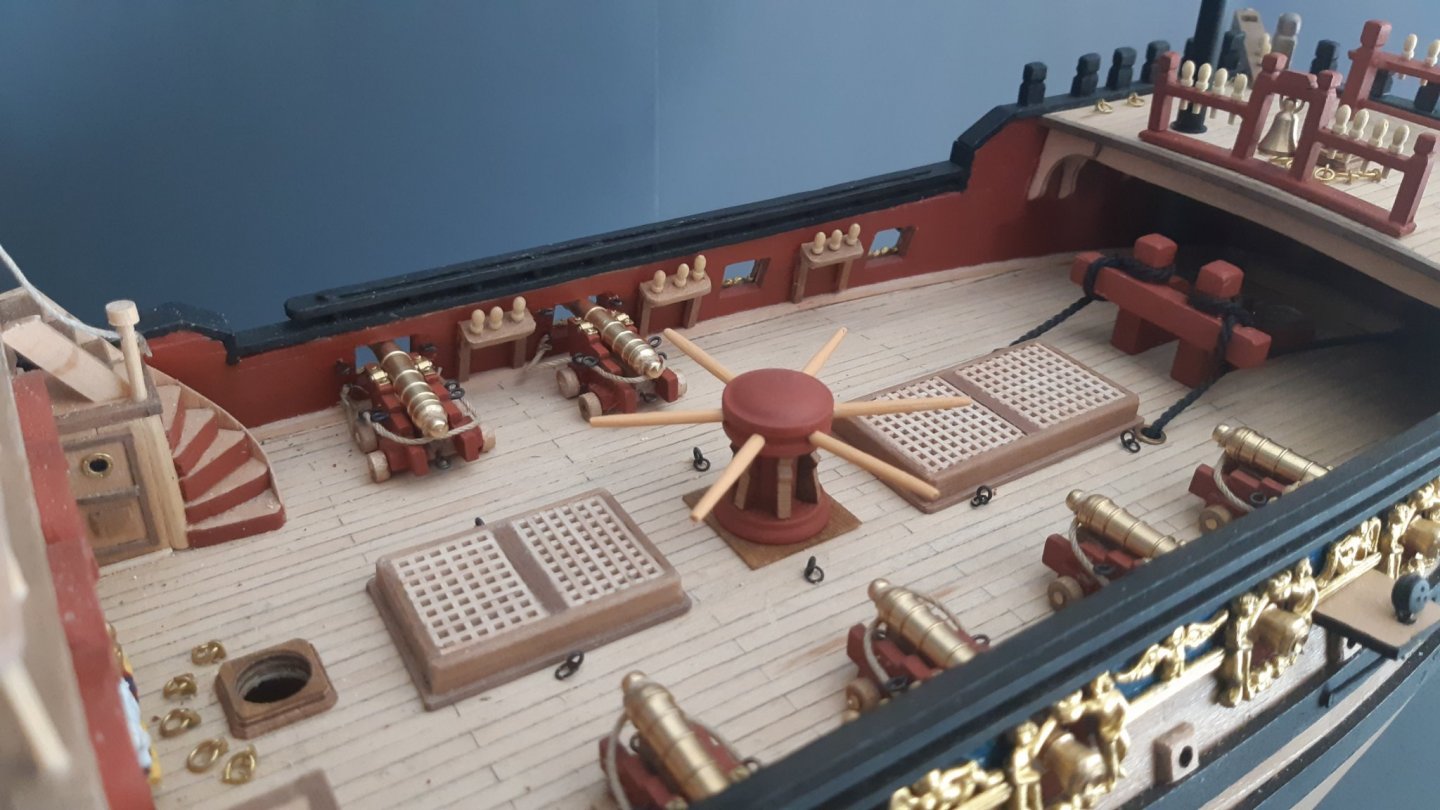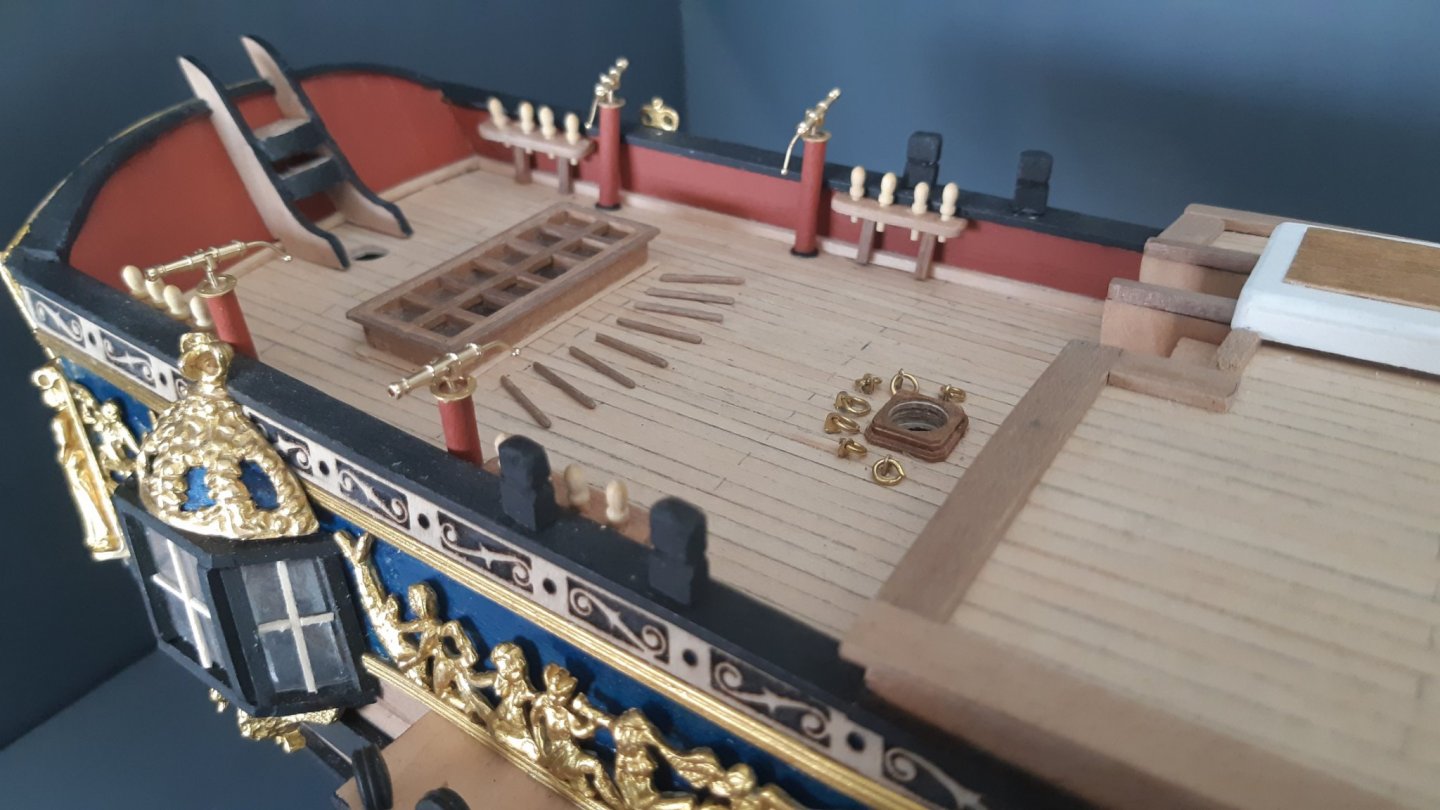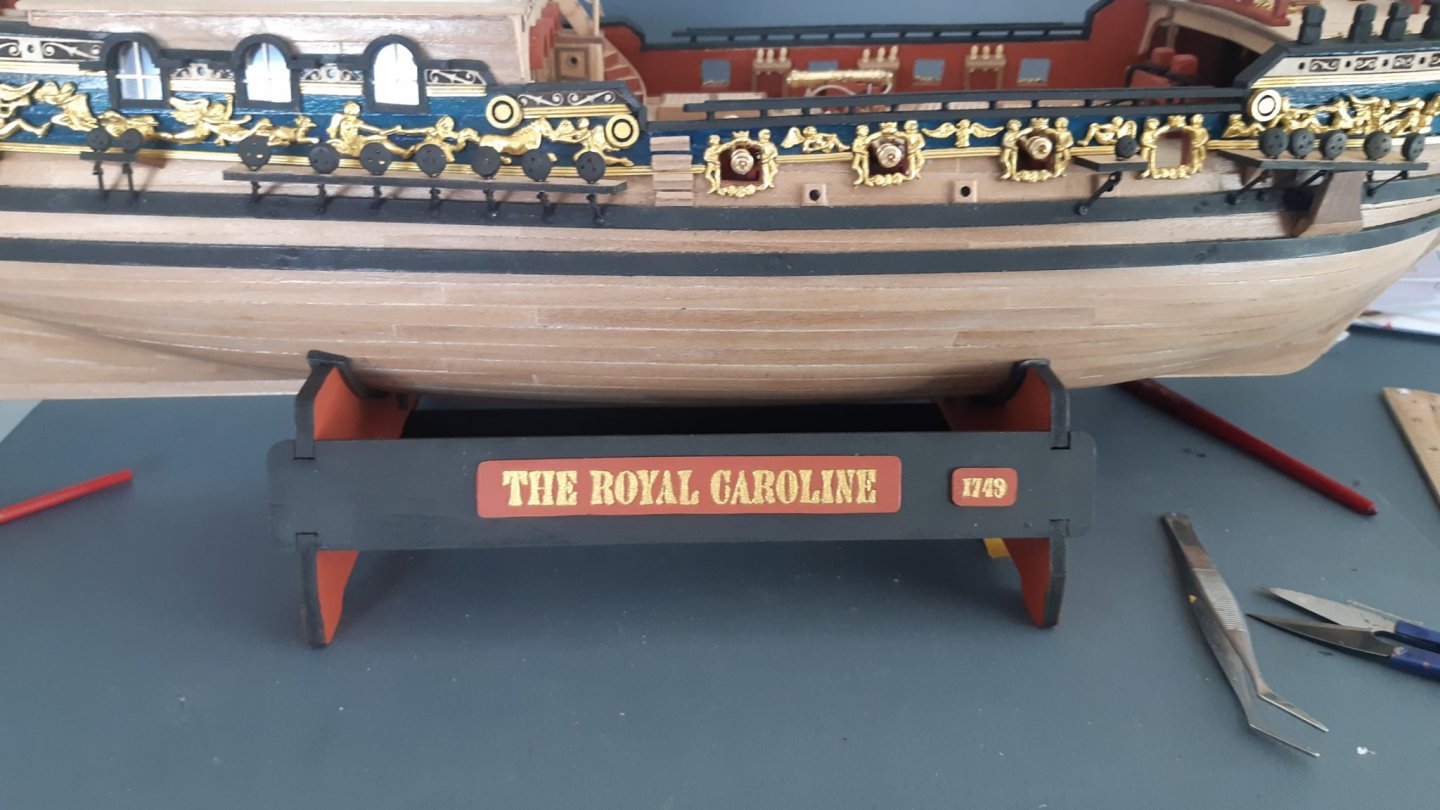-
Posts
1,232 -
Joined
-
Last visited
Content Type
Profiles
Forums
Gallery
Events
Everything posted by MESSIS
-
Hi alex, Thank you for your comments. I do think of using oarsmen and ofcourse a captain and a pilot.... but what do you have inmind? Christos
-
- 124 replies
-
- panart
- royal caroline
-
(and 1 more)
Tagged with:
-
Very interesting gentlemen! The easiest thing to do is then: "Go safe. Dont put your build in any danger. So dont use bee wax. Go for micro-chrystalline... " After reading what I have just wrote, makes me think... I could open an advertising agency lol 😆
-
Ok John, thank you for clarifying this to me. Its the hydrogen, carbon and oxygen bondings that are varying, the ph not. Still why some people still talk of the acidity that the bee wax may on a long time term damage the threads? That means that some times we get ph values under 7, or even slightly under 7, but still a 6.4 or even a 6.8 ph can on a long time basis damage the cotton thread I suppose. Christos
-
@allanyed great! So I gues it can be ph7 or it can also not be. As said: "the compounds and their ratios vary from species to species,". So with the micro-chrystalline wax am on the safe side.
-
@thibaultron thank you.
-
@Chuck Seiler thank you Chuck. Do you do something else after applying the wax, flame or any other heatting, or is the product you suggested, which I can get easily from amazon uk, soft enough so as not to need any further handling?
-
Waxing or not waxing the thread? Waxing ofcourse offers a better standing of the rope and an easier binding. But wax brings dust on the rope, makes the texture of good quality model rope to look dull and flat.... and lastly there is always the danger of acidity on the long term. So am very sceptical if is better not to use wax. And if use wax am not sure which kind of wax is better. Normal candle wax oris it better to use the nice soft furniture bee wax?
-
@Mike Dowling thank you very much my friend for your precious advice. I havent yet... so your advice came on time.
- 124 replies
-
- panart
- royal caroline
-
(and 1 more)
Tagged with:
-

Rope-where to go since Syren is no longer making it?
MESSIS replied to bear's topic in Masting, rigging and sails
https://www.rigging-ropes.com/ Is in Germany. Have used the products twice. Great quality... great service, reasonable prices. -
- 124 replies
-
- panart
- royal caroline
-
(and 1 more)
Tagged with:
-
@Bedford 13 mm long and 1.5 max. outer diameter.
- 124 replies
-
- panart
- royal caroline
-
(and 1 more)
Tagged with:
-
@Mike Dowling thank you my friend. Yes originaly I have used 5 mm blocks... far to big. Then I could not buy smaller from Syren because of the covid post office delays. So it was trouble until I have found these 3mm blocks, which I agree with you is within the scale.
- 124 replies
-
- panart
- royal caroline
-
(and 1 more)
Tagged with:
-
- 124 replies
-
- panart
- royal caroline
-
(and 1 more)
Tagged with:
-
- 124 replies
-
- panart
- royal caroline
-
(and 1 more)
Tagged with:
-
- 124 replies
-
- panart
- royal caroline
-
(and 1 more)
Tagged with:
-
@ERS Rich thank you. Very sensible, "plastik" cant be an option on a wooden ship! Am experimenting now but just with stains and shellac (in my workshop nitrocellulose), wax isnt wrong either.
-
@wefalck Eberhard, thank you. I do use nitrocellulose, and am doing that in order to seal and fine sand the wood. I never have used it to colour masts. Thank you for guiding me, am going to try a few techniques, your guidance using nitrocellulose and then a pine stain. Am also going to use some light pine stain with or without a dash of honey stain. At the top of the stain am thinking a pass of matt varnish.
-
Thank you Jan. What is whiepe on poly? Christos
-
@ERS Rich and @amateur thank you both very much! Indeed your knowledge and comments are a breakthrough in my thoughts how to go about. Thank you again guys Christos Ps @amateur do you think I should oil them after staining?
-
@ERS Rich no I believe this is not the colour of masts. Its too orange... how do you go about this issue with your work?
-
Have tried to get real mast colour. I believe pine or fir should be pale yellow with a dash of orange or honey. Still havent succeeded to do so. This stain (honey)I have used has given me some variants but still not a convincing mast colour. I did gave it on top a matt varnish... but.... Would appreciate any comments or guidance.
-
- 124 replies
-
- panart
- royal caroline
-
(and 1 more)
Tagged with:
-
- 124 replies
-
- panart
- royal caroline
-
(and 1 more)
Tagged with:
About us
Modelshipworld - Advancing Ship Modeling through Research
SSL Secured
Your security is important for us so this Website is SSL-Secured
NRG Mailing Address
Nautical Research Guild
237 South Lincoln Street
Westmont IL, 60559-1917
Model Ship World ® and the MSW logo are Registered Trademarks, and belong to the Nautical Research Guild (United States Patent and Trademark Office: No. 6,929,264 & No. 6,929,274, registered Dec. 20, 2022)
Helpful Links
About the NRG
If you enjoy building ship models that are historically accurate as well as beautiful, then The Nautical Research Guild (NRG) is just right for you.
The Guild is a non-profit educational organization whose mission is to “Advance Ship Modeling Through Research”. We provide support to our members in their efforts to raise the quality of their model ships.
The Nautical Research Guild has published our world-renowned quarterly magazine, The Nautical Research Journal, since 1955. The pages of the Journal are full of articles by accomplished ship modelers who show you how they create those exquisite details on their models, and by maritime historians who show you the correct details to build. The Journal is available in both print and digital editions. Go to the NRG web site (www.thenrg.org) to download a complimentary digital copy of the Journal. The NRG also publishes plan sets, books and compilations of back issues of the Journal and the former Ships in Scale and Model Ship Builder magazines.


